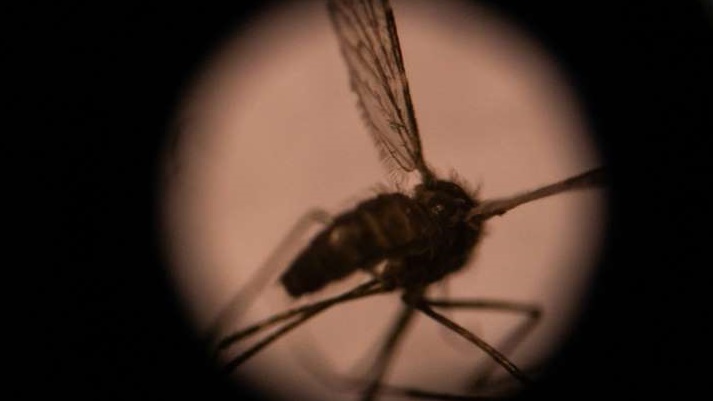You can now follow the latest news for free through our Twitter account
Click here to subscribe
—
Washington :
Tens of millions of residents in African cities face a threat from a species of Asian mosquitoes that transmits malaria and is known for its great ability to adapt to the urban environment, according to a recent study, at a time when malaria is currently concentrated in Africa in rural areas.
Malaria is a disease caused by a type of parasite and is transmitted mainly by about forty species of mosquitoes. This disease caused the death of about 400 thousand people in 2018, the majority of them children, especially in Africa.
One of the most prominent types of mosquitoes in the African continent is the Anopheles gambiae, which is known to be the most dangerous animal in the world, but it does not like pools of polluted water in cities and is not used to spawning its larvae in urban clean water tanks.
In a study published by the American scientific journal “Banas” on Monday, entomologist Marian Sinca, a researcher at the University of Oxford, mapped out the spread of another type of insect known by its scientific name “Anopheles Stephensi” and its origin from Asia. This species is distinguished from others in that it has learned to exploit water tanks in cities and can sneak out of any small hole in which to place its larvae (especially in holes in cement and bricks).
“This species is the only one that has succeeded in penetrating central urban areas,” the scientist told AFP.
Anopheles stevensi mosquitoes first broke out in 2012 in Djibouti, a city where malaria was almost absent. This species was later observed in Ethiopia, Sudan and other regions.
Marian Senca used this model to predict which African regions are more adapted to the spread of these mosquitoes from outside. It concluded that these mosquitoes are spread, especially in areas with high population density and high temperature, and where sufficient amounts of precipitation are recorded.
The study concluded that 44 cities are “highly adapted” to the insect, and that 126 million Africans are facing a threat from this species, especially in the equatorial region.
Means of protection
And the researcher warned that “40% of the population residing in urban areas may suddenly find themselves in a vulnerable situation and may contract malaria, which will be very dangerous.”
As for ways to protect against these insects, Senka explained that the mosquito nets that are placed on the beds may not be effective, unlike the case with African mosquitoes, which like to bite people when the temperatures are low, especially at night. She noted that the “Anopheles stevensi” mosquitoes like to bite from the early evening hours when the temperature is still high. Hence, it is advisable to put mosquito nets on the windows, spraying insect repellants on the walls and cover the body.
However, the most important measure remains in targeting the larvae, getting rid of stagnant water, and closing any water tank, which have proven effective in India, according to Senka.
– .

/data/photo/2020/09/03/5f50e7dede95e.jpeg)
